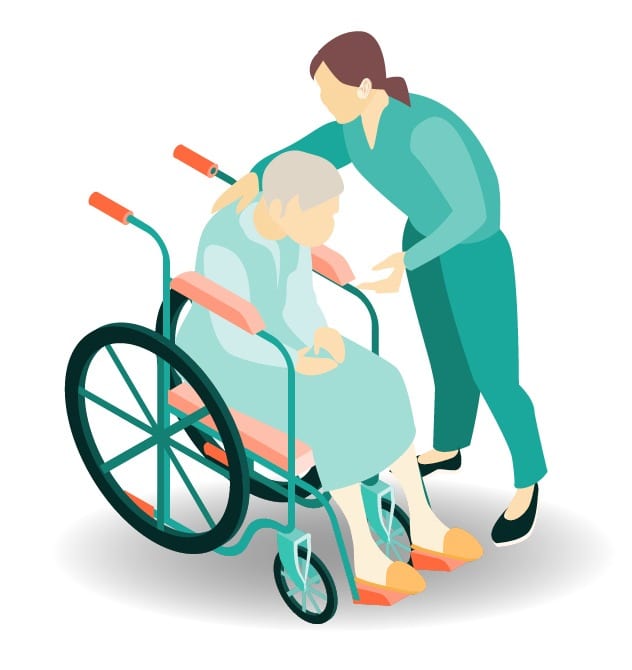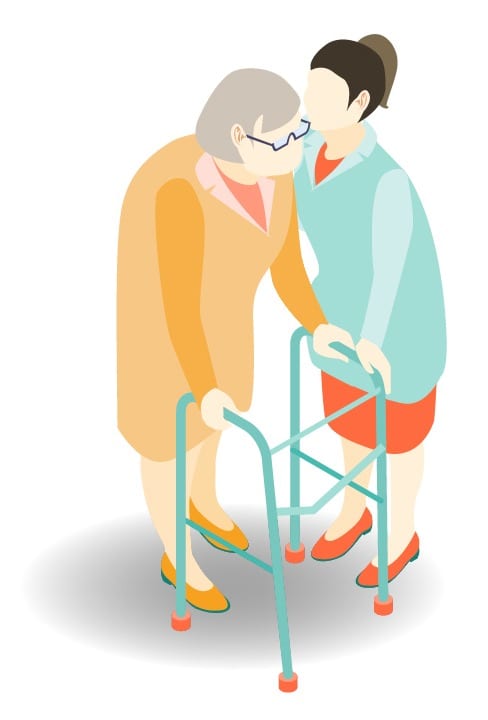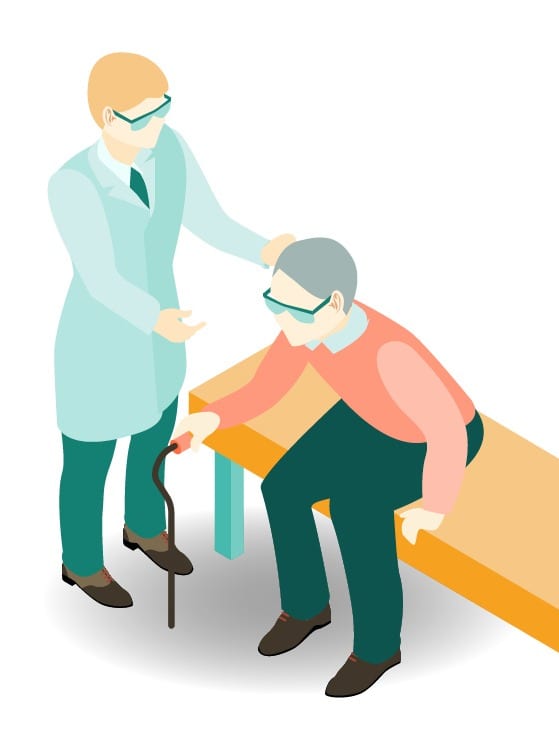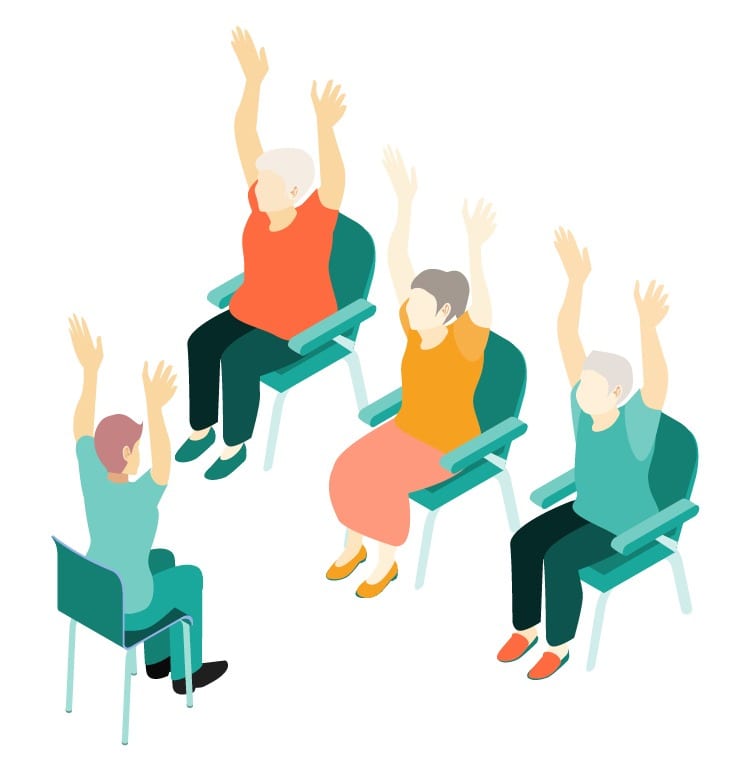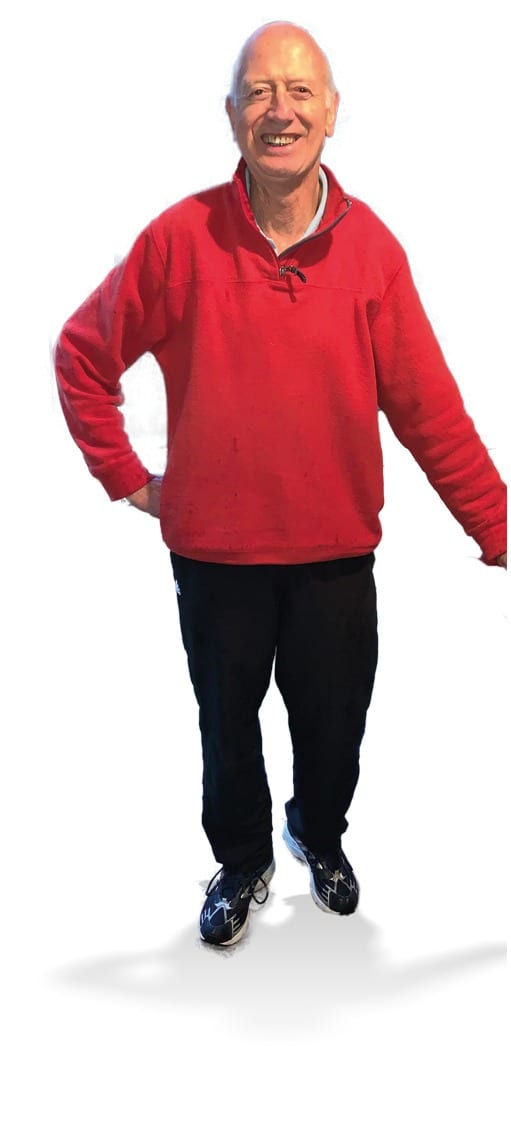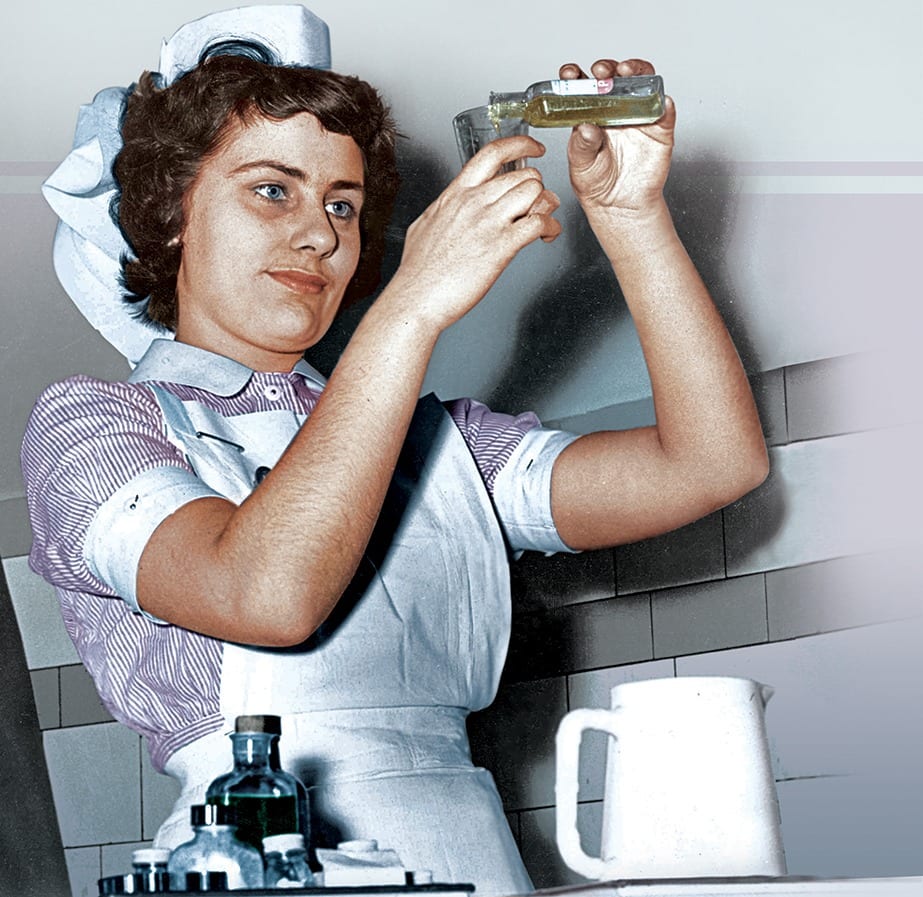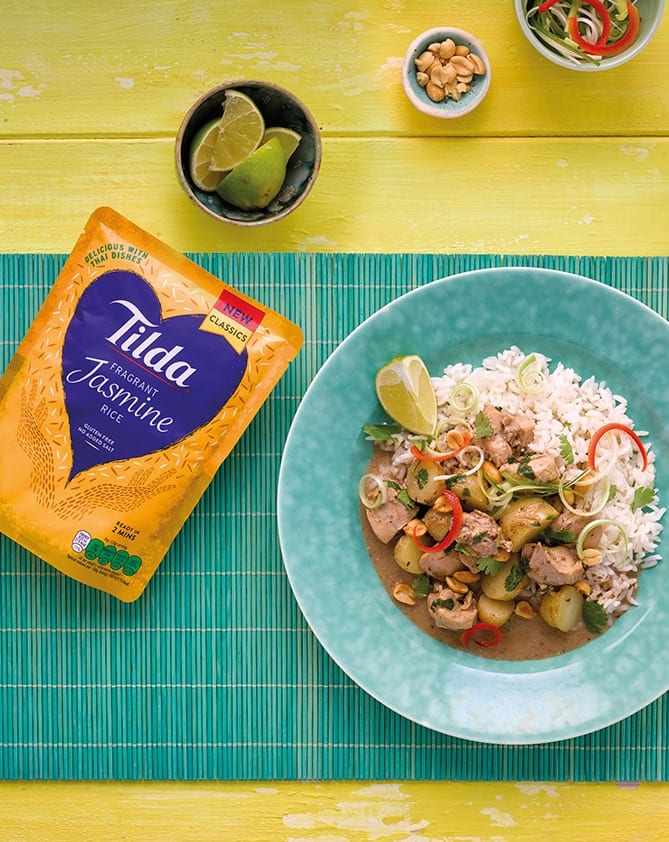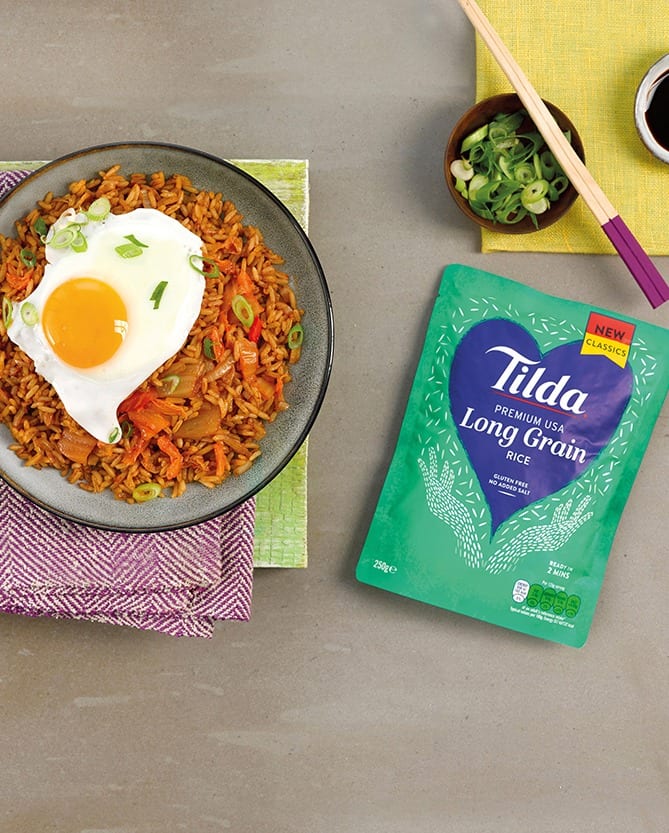Edinburgh Comedy Award-nominees Max & Ivan, as seen in BBC One’s W1A and heard on BBC Radio 4’s The Casebook of Max & Ivan bring their show Commitment to Reading tomorrow (6th February).
Peter Anderson caught up with the hilarious duo…
Q. How did you both discover your talents for comedy & improv?
Ivan: “ Max grew up listening to, watching and reading comedy from an early age – he always dreamed of becoming a performer and through dedication and devotion he got to where he is now.”
Max: “ As for Ivan, we’re both hoping he’ll discover his talents soon…”
Ivan: “ Fingers crossed! That’s one of my talents, incidentally.”
Q. You met while studying at Royal Holloway. Does that mean acting and comedy is to some extent at Plan B?
Max: “ We both studied theatre, so this is Plan A! The fact that we don’t have a Plan B is what worries our parents the most (and us to be honest….).”
Ivan: “ Getting a real job is Plan B! And I’ve no idea what the next letter of the alphabet is, so let’s hope it doesn’t come to that.”
Q. How well did you know each other before you came together at the radio station?
Ivan: “ When we met at an audition for a play (in the first week of university) we got talking about comedy and within a couple of weeks we started working together.”
Max: “ Our friendship and working partnership are one and the same and we look forward to it continuing (until the eventual day it falls apart in bitter, furious litigation).”
Q. Who are your inspirations?
Max: “ The League of Gentlemen, Brass Eye, Little Britain, Key & Peele, French & Saunders, Julia Davis.
Ivan: “ Max.”
Q. What can the audience at South Street expect from the show?
Max: “ If you come to see us at South Street you’ll witness the TRUE story of how I attempted to reform Ivan’s teenage band for one final gig on the night of his stag. It’s an incredible story that has to be seen to be believed, filled with an array of embarrassing photos and videos from our childhood.”
Ivan: “ It also made a number of publications’ Top 10 lists for best comedy shows of 2019 – so we can guarantee that it’s FUNNY! We won’t name those publications out of respect to the Round & About magazine, but feel free to Google – sorry, use a prominent search engine of your choice – if you don’t believe us.”
Q. I know Kieran has performed there before have either of you?
Ivan: “ We haven’t! However when we asked Kieran Hodgson (our director) what to expect, he said: ‘Reading South Street is one of my favourite venues, with a discerning clientele and access to a really good canalside Pizza Express for post-show nosh. You’re also under directorial orders to see the weird muscly lion statue during the afternoon. Break a leg! Kieran. X’
Max: “ His directorial brilliance knows no bounds!”
Q. How do you go about writing/creating the framework for the show?
Max: “ With our previous shows, it’s always been a torturous process involving far too many hours spent in a small room drinking lots of coffee and scribbling on hundreds of Post-it notes.”
Ivan: “ We thought that seeing as Commitment is based on a real story it’d be different this time round… but unfortunately not.”
Q. If you had free rein to pick another actor to join you, who would you pick?
Max: “ We have a running joke with James Acaster that he’ll one day appear halfway through our show as a neighbour, saying his catchphrase of ‘hello boys’ – it’d have to be fulfilling that weird dream I guess!”
Ivan: “ You never know – he might turn up in Reading!*”
Q. How do you relax away from acting?
Ivan: “ We write an eight-part geo-political comedy thriller podcast of course!”
Max: “ Why not give it a listen: it’s called Max & Ivan: Fugitives and it’s nothing like our live show…”
Q. I guess there is a lot of driving between gigs, what do you listen to; music, audio-books?
Max: “ John, our tour manager and driver extraordinaire** is actually a trained musical director, so we’ve actually spent most of our travelling time together learning three-part harmonies to songs…”
Ivan: “ We’re quite tempted to spend our final tour date performing some rousing folk songs instead of Commitment (although we’re not sure what the good people of Norwich would think of that).”
* he won’t.
**John’s driving is actually quite dangerous and when we’re not learning harmonies we’re reminding him how roundabouts work, or warning him that he’s about to crash into a parked car.









